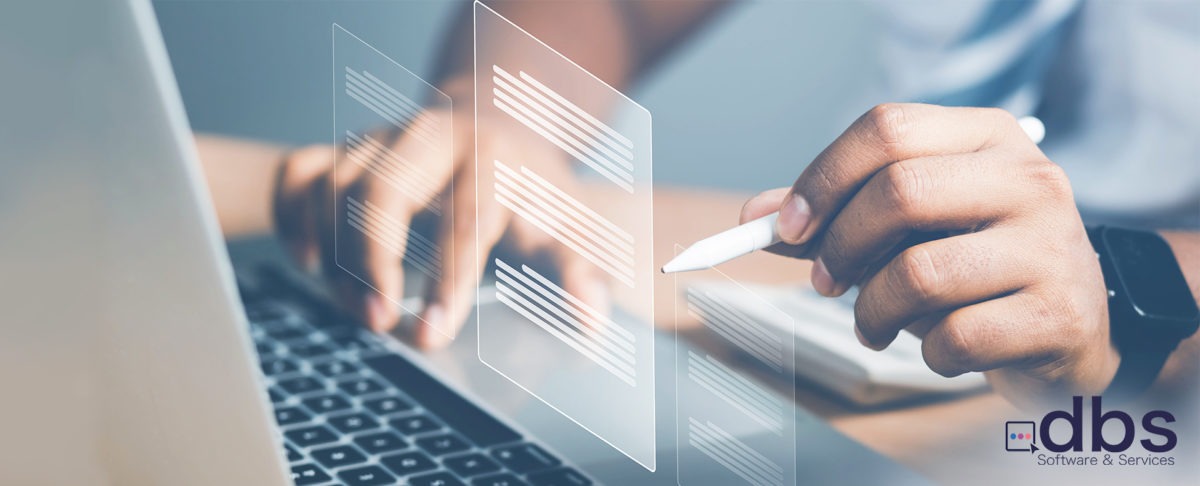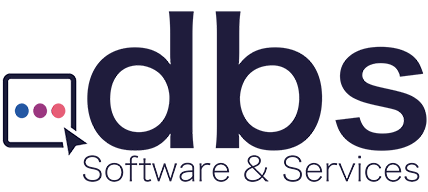
Digital forms and e-signatures: enabling global digital campuses
If there is one thing you can count on as we settle into the post-pandemic “new normal”, it is that being a digital campus is no longer just an option. The traditional model of providing education, which had long resisted the digitalization that had transformed many other industries, has been replaced by online and hybrid educational models that are now the norm. In-person classes with a limited number of students have given way to fully remote degree programs that can accept hundreds, if not thousands, of students. The need to support widely distributed student bodies and faculties has made schools and universities invest in digital solutions that can replace most of the paperwork associated with academic life and procedures.
At the core of today’s Educational Technology (EdTech) Stack, you will find document management solutions, which simplify the process of capturing, storing, organizing, and retrieving documents securely. These systems have been around for a while, but there are two key features that have recently become more prevalent in industry-leading document management solutions:
- Digital forms with rules and workflow support to capture information, and
- Full support for digital signatures (i.e. electronic signatures)
Let’s understand these two features in greater detail and see how they can help educational institutions become full-fledged digital campuses capable of providing a smooth experience for students regardless of where they may reside.
Streamlining information collection with digital forms
Digital forms are basically web pages or embeddable snippets of code that resemble traditional paper forms to capture, validate, and submit data. They can also allow files to be uploaded and submitted along with filled-in data fields.
Educational institutes have always had a wide variety of forms associated with various procedures. For instance, forms are typically used for:
- Requesting access to student and faculty records
- Admissions, pre-applications and applications
- Scholarship or other program applications
- Student surveys
- Teacher assessments
- Course registration and add/drop
- Event registration
- Financial Aid
In the past (and in many campuses still), these forms had to be collected, physically sorted, organized, logged, and filed away. If they needed to be accessed, a filing clerk would have to retrieve a copy manually. Such a system is error-prone, slow, and unreliable. Replacing this with a system based on digital forms and backed by a document management system has been proven to boost the efficiency and utility of such forms significantly, in several different ways.
For one thing, digital forms can be accessed and completed from anywhere. Making them a quick and convenient option when serving a distributed population. These digital forms can also be combined with other services that can automate complex processes and approval flows. For instance, a submitted form can be sent to the appropriate people for review or approval, or the data in it can be automatically captured into multiple relevant databases.
Needless to say, digital forms support a transition to a totally paperless system that provides a much better user experience and can help greatly reduce costs by making paper and filing cabinets redundant and by freeing up storage space.
Authenticating documents with e-signatures
With respect to a given digital document, an e-signature, or electronic signature, is essentially data that can serve as the equivalent of a “wet” signature (i.e. a signature made using a writing instrument) for that document. In the US, the UETA and the ESIGN Act solidified the legal landscape for use of electronic records and electronic signatures by confirming that electronic records and signatures carry the same weight and have the same legal effect as traditional paper documents and wet-ink signatures. Thus, e-signatures can be used for many of the same purposes as wet signatures, including:
- Providing proof of the origin of a document
- Expressing one’s consent to the terms of a document
- Expressing one’s approval of the form of a document
E-signatures are legally binding for just about any purpose, and there are several ways to implement them, each of which has its own security and convenience profile.
For instance, at the simple end, a user can simply click their acceptance of terms after reading them, and that would likely suffice. Or one can type out one’s name in the appropriate field, sign using a stylus, or take a scan of a wet signature and attach the scanned signature to a digital form. These methods are all acceptable for most educational use cases. However, for forms or documents requiring a more robust signature, a full digital signature can guarantee the authenticity and integrity of a document to a very high degree of certainty. Making sure your chosen vendor’s forms and signature solution supports all types of signatures from simple to fully qualified is a simple way to ensure that your time and monetary investments in this technology are protected.
E-signatures are one of the main technologies that have made the fully digital campus a reality: with e-signatures, students, faculty, and other stakeholders can enter into binding documents with the institution from wherever they may be.
Digital forms and e-signatures: essential waystations on the path to complete digitalization
Digital forms and e-signatures are an essential part of any digital transformation program. Processes that required physical items and space were prone to human error, and took a lot of time have now been rendered cheaper, quicker, and more accurate, thanks in part to those two technologies.
Moreover, with document management solutions providers like dbs Software and Services providing a full suite of solutions for all Document Management needs, digital forms can easily be customized to include full e-signature workflows, making it easy to capture data in forms, and in the same workflow collect proof of student or faculty consent, approval, or authentication, as the case may be.
Thus, in a nutshell, digital forms make it possible to quickly collect raw data and generate useful electronic documents, while e-signatures help assure all stakeholders of the authenticity and integrity of these and other documents. Combine that with a document management system that can store, route, and retrieve such documents in an intelligent and pre-definable manner and you can have created a user-friendly digital student experience while saving educational institutions a lot of hassle, time, and money.
dbs Software and Services is a trusted provider of Document Management Solutions for Institutions of Higher Education. dbs LiveForms enables you to create electronic forms, automate business processes, and much more, while dbs eSign is a secure cloud-based e-signature solution that can be used on any smartphone or computer. Docubase Education Suite is an end-to-end document management solution tailor-made for educational institutions. Embrace the future of the education industry with the document management products of Tessi Docubase®.

dbs Software & Services (dbs) is a long-standing provider of document management and process automation solutions for education and business, and the exclusive provider of Tessi Docubase® in North America.
Tessi Docubase® is an enterprise-grade modular, secure, and easy-to-use document management system that seamlessly integrates with Business Information Systems. Its secure architecture and a broad range of features make it the perfect solution for a wide range of enterprises and use cases.
dbs LiveForms, is a low-code Business Process Automation platform. Its sole focus is simplifying complex processes by automating repetitive steps – from data capture to alerts, notifications, email confirmations, and everything in between quickly, without involving a programmer.
dbs eSign is a cloud-based electronic signature solution that allows users to manage the signing process for a document, from upload to signing and sealing, from any mobile device or computer.


Leave A Comment